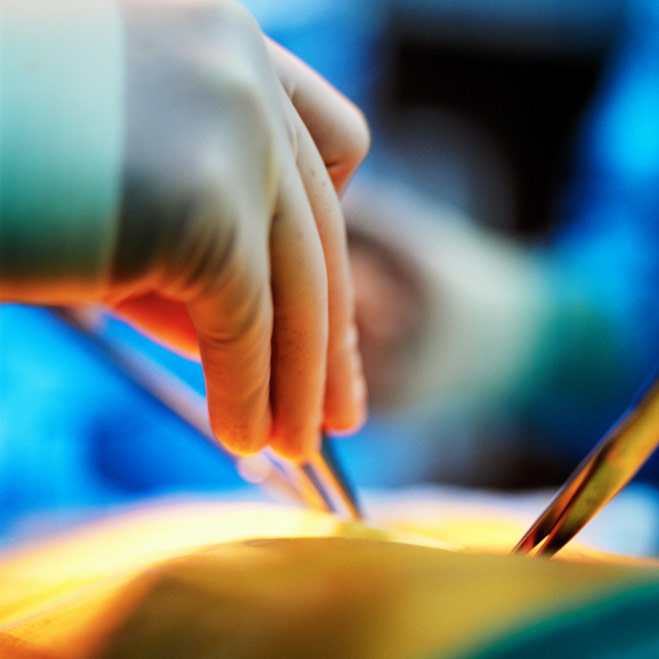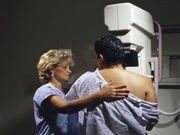

Breast density is considered by many an independent risk factor for breast cancer. But new research from Croatia suggests it might not be that critical after all.
Researchers evaluated thousands of mammogram reports in Croatia and found no substantial difference in breast density between 230 women diagnosed with breast cancer and those who weren’t.
Just a small number of the women with breast cancer had very dense breast tissue, the researchers found.
“We cannot conclude from our study that breast density is not a risk factor, but it might not be a strong factor,” said study researcher Dr. Natasa Katavic of Health Center Osijek in Croatia. “We have an impression that breast density is presented to the public as the most important risk factor, which our study does not support.”
However, two U.S. experts took exception to the study’s conclusions.
“The findings do not apply to U.S. women,” said Dr. Debra Monticciolo, chair of the American College of Radiology Commission on Breast Imaging. She said the study researchers grouped women into four categories of breast density, but “the percent of women in each category is markedly different from what we see in the U.S., so it makes it hard to apply to women in the U.S.”
Dr. Laura Kruper added that the number of screenings evaluated for the study — about 53,000 over five years — was relatively low.
It would have been better to follow the women for several years to be sure they did not develop cancer later, said Kruper. She is director of the Cooper Finkel Women’s Health Center and co-director of the breast cancer program at City of Hope Comprehensive Cancer Center in Duarte, Calif.
Because of the relatively low numbers and the study’s design, she added, “I don’t think you can draw any conclusion.”
Women with dense breasts have a slightly higher risk of breast cancer compared to those with less dense breasts, the American Cancer Society says, although it’s not clear why. Also, when breasts are very dense, it makes it difficult to detect cancers in the breast tissue.
Dense breasts have a lot of fibrous or glandular tissue and not much fatty tissue, according to the cancer society. Density is common. With age, breasts often become less dense.
Some U.S. states require mammography results to include a report on breast density, and some doctors recommend women with dense breasts to undergo additional testing, according to background information with the study.
The women screened for this study were between ages 50 and 69 and seen at five facilities in Croatia. The researchers found that about half of the 230 women diagnosed with cancer were from the group with the least dense breasts. Slightly less than 3 percent were in the highest density group.
The findings were scheduled for presentation Wednesday at the annual meeting of the Radiological Society of North America, in Chicago. Studies presented at medical meetings are usually viewed as preliminary until they undergo rigorous peer review for publication in a medical journal.
In the United States, said Monticciolo, about 50 percent of women have breasts categorized as dense or very dense. In the new study, no more than 17 percent did.
Both U.S. experts said it’s important to keep breast density as a risk factor in perspective. It’s one of many risk factors, and, like age, it’s one that women have no control over. Family history is a stronger risk factor for breast cancer than density, Monticciolo said.
Women should continue to get annual mammograms, whatever their breast density, Monticciolo said, citing the American College of Radiology guidelines. Other organizations recommend mammograms every other year and have different starting ages.
At this time, the American Cancer Society does not recommend that women with dense breast tissue have MRIs in addition to mammograms.
More information
To learn more about breast density, visit the American Cancer Society.
Source: HealthDay
Copyright © 2025 HealthDay. All rights reserved.

Leave a Reply